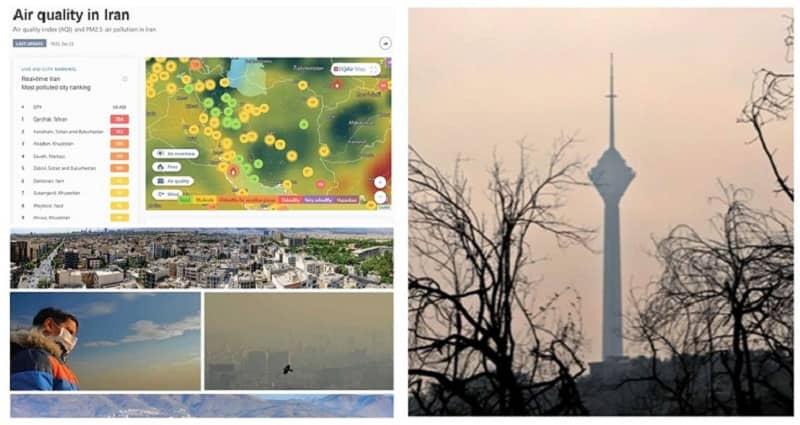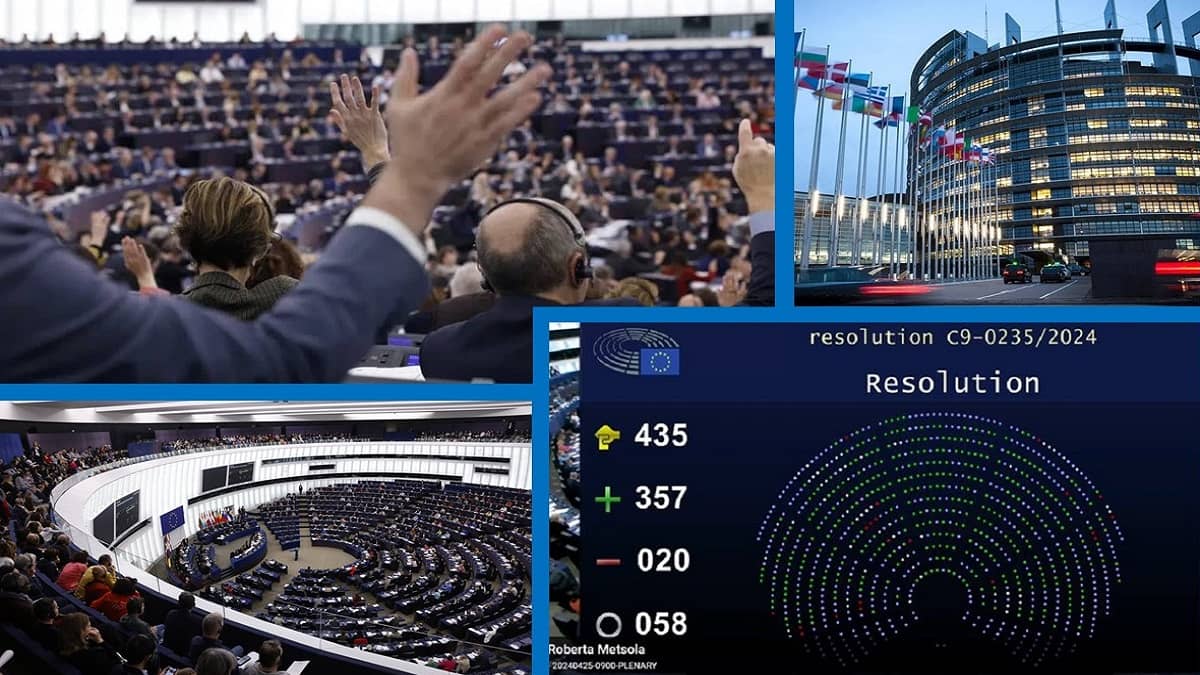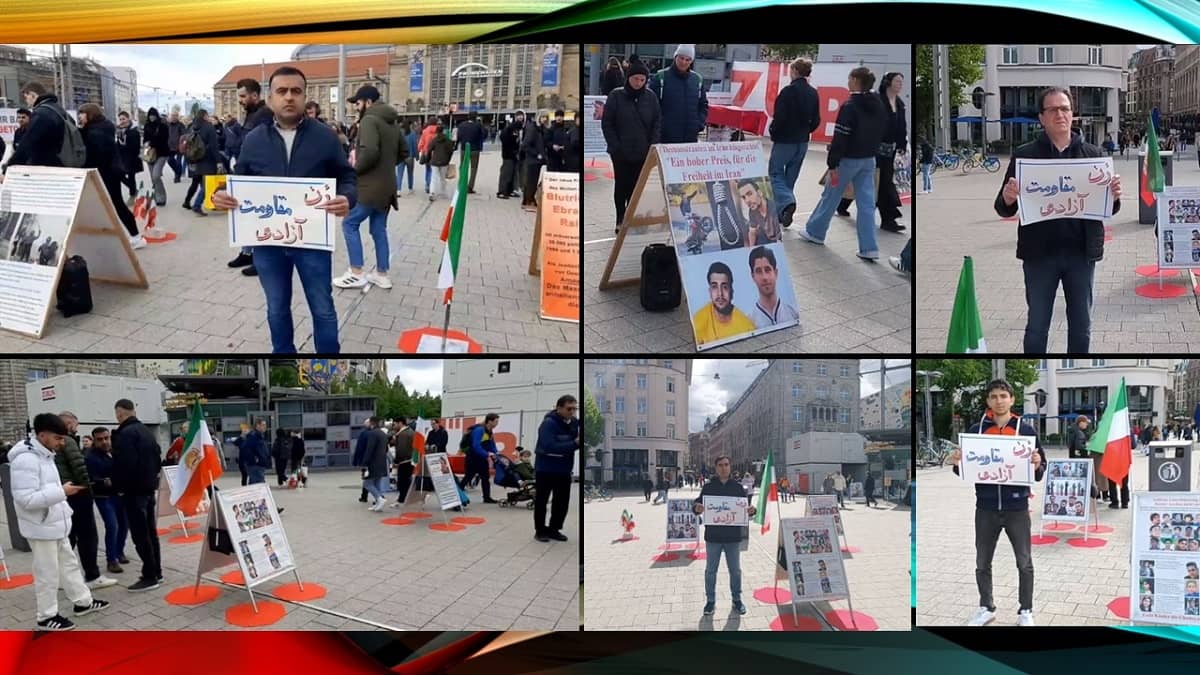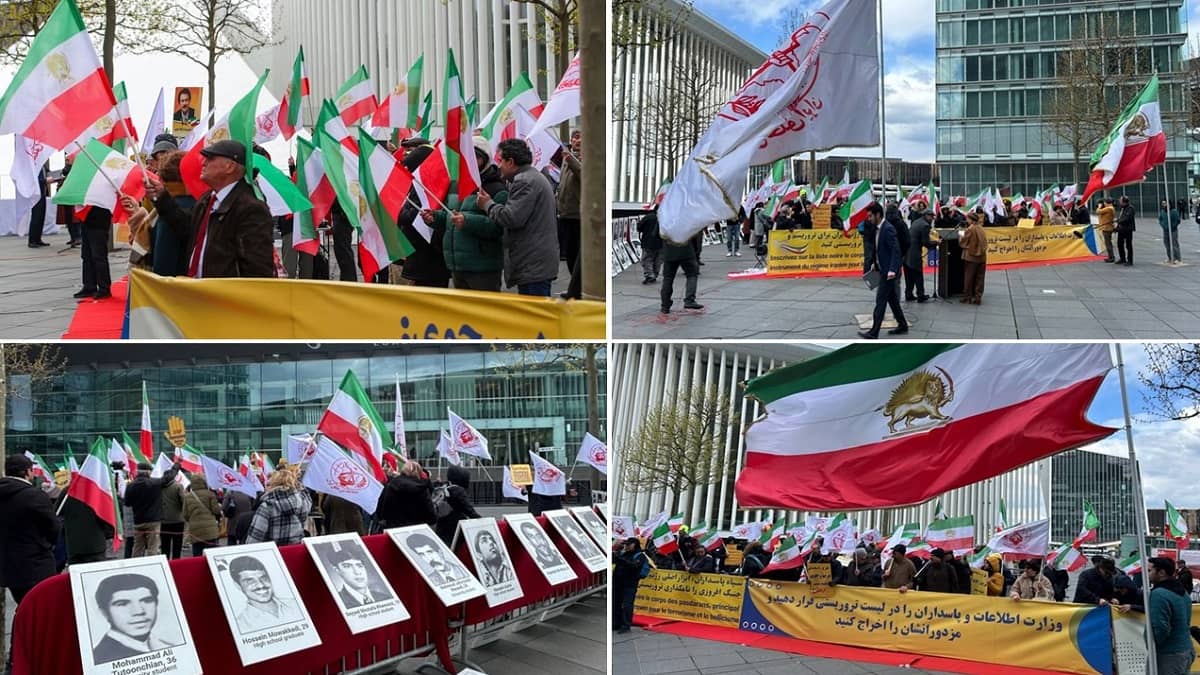
In the past few decades, the air quality in Tehran and other major cities in Iran has declined greatly and gradually become unbreathable. In recent years, the pollution index levels have reached dangerously high, threatening the health of elders and people with respiratory illnesses.
The Air Quality Index (AQI), used to measure the levels of air contamination, has seen extremely high levels of over 200 in Tehran in recent weeks, deeming the capital as ‘heavily polluted’. Of the most commonly measured pollutants are particulate matter, carbon monoxide, nitrogen dioxide, sulfur dioxide and ozone.
Iran News Wire said, “Tehran, Iran’s capital city, is an academic, cultural, and bustling financial hub surrounded by the majestic Alborz Mountains. It presents an unpleasant and challenging situation to urban planners, government agencies, and environmentalists.”
Due to the levels of pollution, during winter months Tehran is often covered in a thick layer of smog. This phenomenon is called ‘temperature inversion’, and making this worse are climate change, the long spells of drought in Iran, and the degradation of natural ecosystems.
Three years ago, the World Health Organization (WHO) categorized Tehran as the ‘most polluted city in the world’, and in the same year, the World Bank stated that Tehran accounts for at least 4,000 of the 12,000 deaths because of the air pollution every year. However, this data has been disputed and the number of deaths is said to be over 30,000 annually.
As well as Tehran, the AQI is identifying high levels of poor air quality in other major Iranian cities, including Ahvaz, Isfahan, Mashhad, Shiraz, Tabriz and Zabol.
Iran News Wire said, “Amid the battle against the COVID-19 pandemic, rising pollution levels present a bigger challenge for government agencies and healthcare professionals with a surge in hospitalizations and fatalities.”
Environmental experts have stated that the main pollutant sources include refineries, power plants, the manufacturing industry, and motor vehicles, especially those which consume heavy diesel fuel like Iran’s outdated bus fleets.
The regime’s former Oil Minister, Bijan Namdar Zanganeh previously stated that because of a shortage of fuel a few months ago, power plants were forced to used refined diesel and a low-quality fuel oil known as mazut to keep running. In his statement, he claimed, “This is not an ideal option,” but in the same breath accused Iranian citizens for high electricity and gas usage.
Iran News Wire said, “A city with a population of 9,259,000 people, Tehran becomes even busier and more crowded during the daytime, with people from nearby cities and counties flocking for work. As noted in the 2018 World Bank study, rapid population growth due to constant migration, burgeoning industrialization and high traffic add to the pollution woes of Iran’s capital.”
The only way that the regime can begin to deal with Iran’s air pollution problems is to ‘implement existing scientific methods to decrease the effects of pollutants’, while also considering putting stringent traffic rules in places, and arranging a partial lockdown.
Iran’s Air Pollution Emergency Committee suggested a complete two-day lockdown in Iran last year, but this plan was reportedly opposed by top government agencies. The lack of coordination between government agencies was also said to be the cause of impediments in enforcing the 2017 Clean Air Law, which would have signalled an emergency response to deal with the levels of pollution.
It’s not just the health costs from pollution-related illnesses that are affecting the regime’s finances. Pollution has already led to heavy economic losses in Iran. In 2018, the pollution in Tehran alone led to a loss of $2.6 billion, accounting to a daily loss of $7 million.
Iran News Wire said, “While relevant authorities and environmentalists have sounded alarms, there appears to be a mix of indecision and indifference from the government to implement actions or measures. The only action one might see is the announcement of Iran’s Health Ministry officials in the strictly state-controlled media, urging high-risk groups with cardiovascular or respiratory conditions or the elderly and children to refrain from moving outdoors.”





